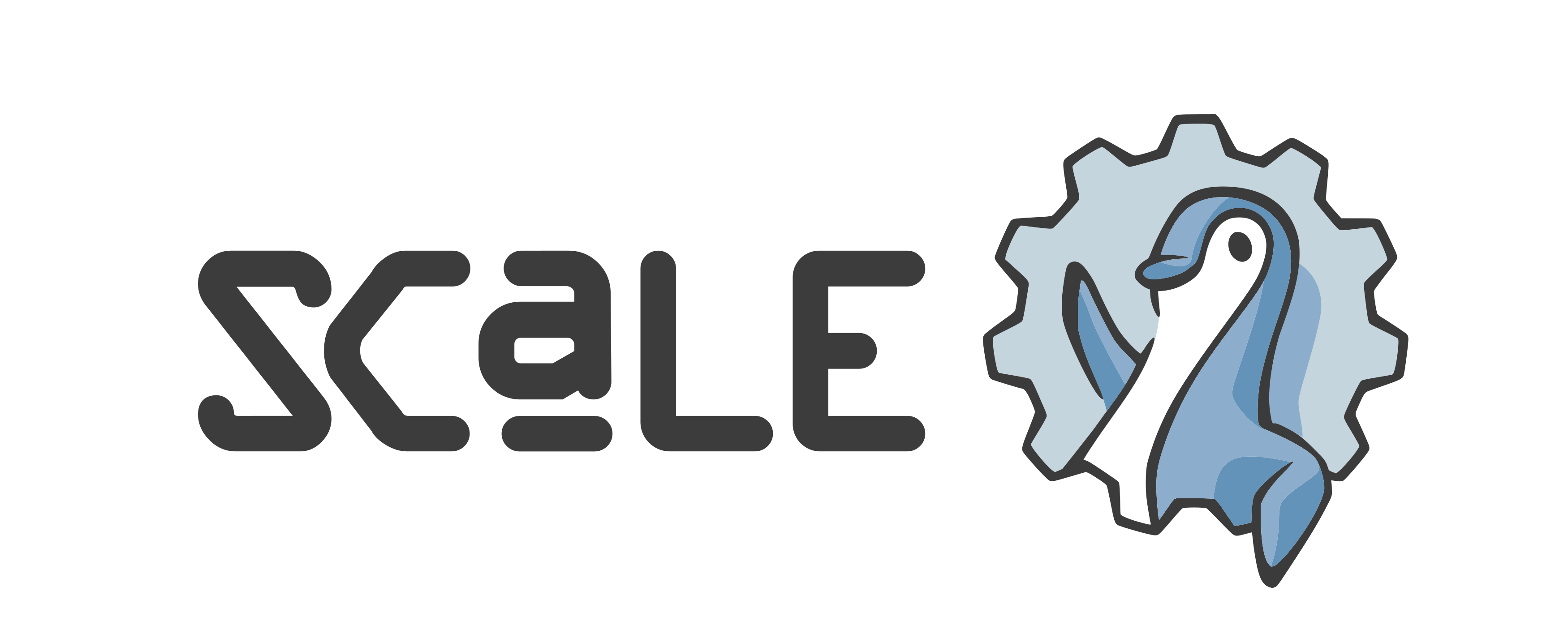Linux and its microcomputer predecessors pre-1996

In the 1980s, an era known as the Unix Wars was in full swing and the future was all but inevitable. For instance, in the 1984 text, The Coming Computer Industry Shakeout, Stephen McLellan states "IBM may dominate the office automation market with its hardware, but AT&T has the software ... AT&T undoubtedly will come out with its own line of computer products using UNIX" portending not a rise of Microsoft and Windows but instead, AT&T and UNIX for the microcomputer market.
AT&T might have had an edge but like IBM, they were subject to the same cloning strategies that Compaq used to reverse engineer IBM's BIOS using a clean room design. This, along with the hacker ethic led to a number of clones and variations causing some splits that persists to this day.
On the ground many attempts were being made at making Unix take off on cheaper hardware. Interactive Systems Corporation, which was later bought by Kodak, the camera company, came out with IBM's first official PC Unix system called PC/IX in 1984. It cost 22 times more than DOS and Microsoft's own UNIX, Xenix, was already available. IBM claimed it didn't want to overcommit itself to a single vendor at the time.
In fact, in 1984, there were many UNIX and lookalikes for the PC such as Venix, QNX, Coherent and IDRIS. It was already a multi-belligerent war without any market-share. Could this model eventually figure itself out?
Then, in March 1985, Dr. Dobb's journal printed a 5-page manifesto out of Boston with an unusual dream. Excerpts:
"Software sellers want to divide the users and conquer them, making each user agree not to share with others... Many programmers are unhappy about the commercialization of system software. It may enable them to make more money, but it requires that they feel like competitors with other programmers rather than like comrades... The fundamental act of friendship among programmers is the sharing of programs; marketing arrangements now in use essentially forbid programmers to treat others as friends... When the kernel and a debugger are written, by the end of 1985 I hope, it will be possible to distribute a GNU system suitable for program development."
This wasn't necessarily a voice in the wilderness at the time as much as a closeted desire. Even IBM PC/IX took a Napster like attitude towards it. From Microsystems, Oct/1984:
"Although IBM markets the product to be installed as a single-user... there are enough hints in the documentation to activate login ports ...they have to pay AT&T significantly more in royalties for multiuser sublicenses ... the legal question with respect to AT&T arises: can one legitimately use PC/IX configured as a multiuser UNIX? The license agreement simply prevents one from using the software on more than one machine at a time. This not only seems to permit multiuser usage, but even multimachine usage. The implication clearly is: if you want to, you can."
Come to the talk to find out how some sides of UNIX wars moved from a wink and a nudge to embrace Stallman and the fractures and fragmentation and collaborations that laid the groundwork for where we are today.
